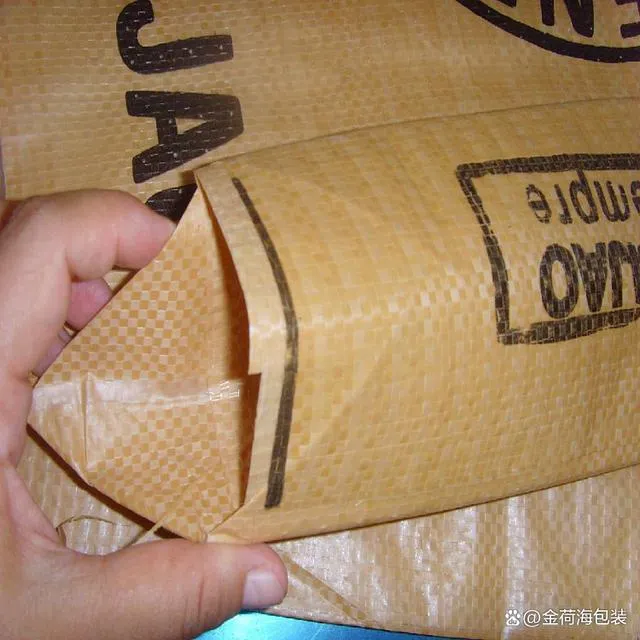
Moisture Proof Woven Bags and Waterproof Woven Bags are essential in the packaging industry, particularly for products sensitive to moisture and water damage. This article explores the differences between these two types of bags, their functionality, and how they meet the specific requirements of packaging various agricultural products. Moisture Proof Woven Bags
Introduction to Moisture Proof Woven Bags
Moisture Proof Woven Bags are designed to protect contents from moisture, while Waterproof Woven Bags offer a higher level of protection against water ingress. Both types are crucial for maintaining the integrity of packaged goods, especially in the agricultural sector.
Differences and Functionality
Moisture Proof Woven Bags
Moisture Proof Woven Bags are made from materials such as polypropylene (PP) or polyethylene (PE) and are treated to resist moisture. They are ideal for products that need protection from humidity and light rain.
- Material: PP or PE with moisture-resistant treatment
- Application: Suitable for products like seeds, grains, and agricultural products that require protection from humidity
Waterproof Woven Bags
Waterproof Woven Bags are designed to withstand complete submersion in water, making them ideal for products that need protection from heavy rain or water exposure.
- Material: Multi-wall construction with waterproof materials like PE or PP with additional coatings
- Application: Suitable for products like rice, coffee beans, and other moisture-sensitive goods that require complete protection from water
Product Parameters and Requirements
When selecting Moisture Proof or Waterproof Woven Bags for agricultural products, several product parameters must be considered:
| Parameter | Description | Importance |
|---|---|---|
| Material | Type of material used, such as PP or PE | Determines the bag’s resistance to moisture and water damage |
| Thickness | Measured in microns, affects the bag’s resistance to water penetration | Essential for protecting products from moisture and water damage |
| Grammage (GSM) | Weight of the fabric in grams per square meter | Indicates the fabric’s density and strength |
| Size | Dimensions of the bag,影响其容量和适用性 | Must accommodate the volume of the products and ease of handling |
| Water Resistance | Ability to resist water penetration | Crucial for products that are sensitive to moisture and water damage |
| Lamination | Additional layers for enhanced protection against water | Important for products that require complete protection from water |
| Inner Lining | Presence of an inner lining for extra protection | Useful for products that need an extra barrier against moisture and water |
Applications in Agricultural Packaging
Packaging of Seeds and Nuts
For seeds and nuts, Moisture Proof Woven Bags are essential to maintain their viability and prevent mold growth due to moisture exposure.
Packaging of Grains and Cereals
Grains and cereals require Moisture Proof Woven Bags to protect from humidity, which can cause spoilage and affect their quality.
Packaging of Rice, Soybeans, and Wheat
These products need Waterproof Woven Bags to ensure complete protection from water, especially during transportation and storage in wet conditions.
Packaging of Coffee Beans and Starch
Moisture Proof Woven Bags with an inner lining are ideal for coffee beans and starch to protect from moisture and maintain their quality.
Conclusion
Moisture Proof Woven Bags and Waterproof Woven Bags offer different levels of protection against moisture and water, making them suitable for a variety of agricultural products. By understanding the specific requirements of the products being packaged, manufacturers can select the most appropriate type of bag to ensure the safety and quality of their goods.
This article has provided an overview of Moisture Proof Woven Bags and Waterproof Woven Bags, their differences, and their applications in agricultural packaging. By considering the product parameters and requirements, users can make informed decisions when selecting packaging solutions that align with their needs.